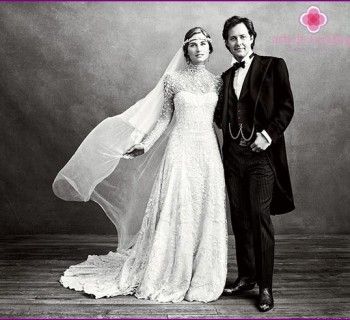Swiss sociologists, having conducted scientific observation of young couples, determined that there are five types (styles) of relationships. They are more or less harmonious models of marital relations..
Within the framework of these five styles of relationships, the concepts of your cohabitation, its foundation, distribution of family responsibilities, willingness to solve family troubles, etc. are laid.
According to sociologists, living together is a well-thought-out project, a kind of business plan, and not a “gift of heaven”. After all, sooner or later, but all young couples, no matter how romantic they may be, have to deal with the distribution of power and family obligations.
A specific model (relationship style) is based on the age of the partners, their education, social status and surrounding life factors. For example, a family association is based precisely on the above elements. Often the joint life of our parents is based on a more traditional family fortress scheme. It is also possible that there are mixed types of relationship styles. Often, this happens at the moment when children appear, that is, a young couple from an association family moves into a family of associates.
Each style of relationship has its positive and negative sides. But, not one of them is not a panacea for family life together.
At the moment, the model (style of relations) of the family of associates is the head of the classification. According to researchers, it is in this style that partners feel the fullness of love, support, respect, joy.
There is also a family of parallel worlds, feelings and emotions prevail in this style of relationship. Often partners either blame each other or ignore.
Cocoon family and fortress family are more traditional style of relations in which often everyone is satisfied and feel comfortable, of course, not without exceptions.
Family association, although not the first, but, nevertheless, the most common style, which is characterized by competition. On the one hand, partners provide each other with opportunities for development, and on the other hand, everyone’s interests emerge, and often precisely because of a reluctance to give up, in a family union skirmishes, quarrels and, as a result, divorce begin.
The success of each union does not depend on the style of relations, but on their content and willingness to fight for their happiness.
Be that as it may, the family is the place where we love, rejoice, relax, gain strength, experience, is our little fortress, which should be inaccessible to strife, problems and difficulties.
A fortified family is a union where everyone is attached to each other. In this style, mutual understanding is always traced, each valuable in the eyes of the other. Partners are aimed at achieving one joint result. In this style of relationship, roles and responsibilities are clearly delineated, which allows each member of the family to feel in their place, without any infringement of personal interests. Decisions are made jointly.
All such a union is based on is stability. Thanks to a clear distribution of responsibilities (wife — takes care of the house, husband — earns money), a married life together becomes harmonious and balanced. Partners by all efforts try to avoid disagreements, often compromising.
But, despite all this idyll, this style of relationship has its flaws, married life in such an alliance is adjacent to the routine. If you don’t introduce the “wind of changes” into such relations on time, then this threatens the ossification of relations, which will eventually become a habit.


